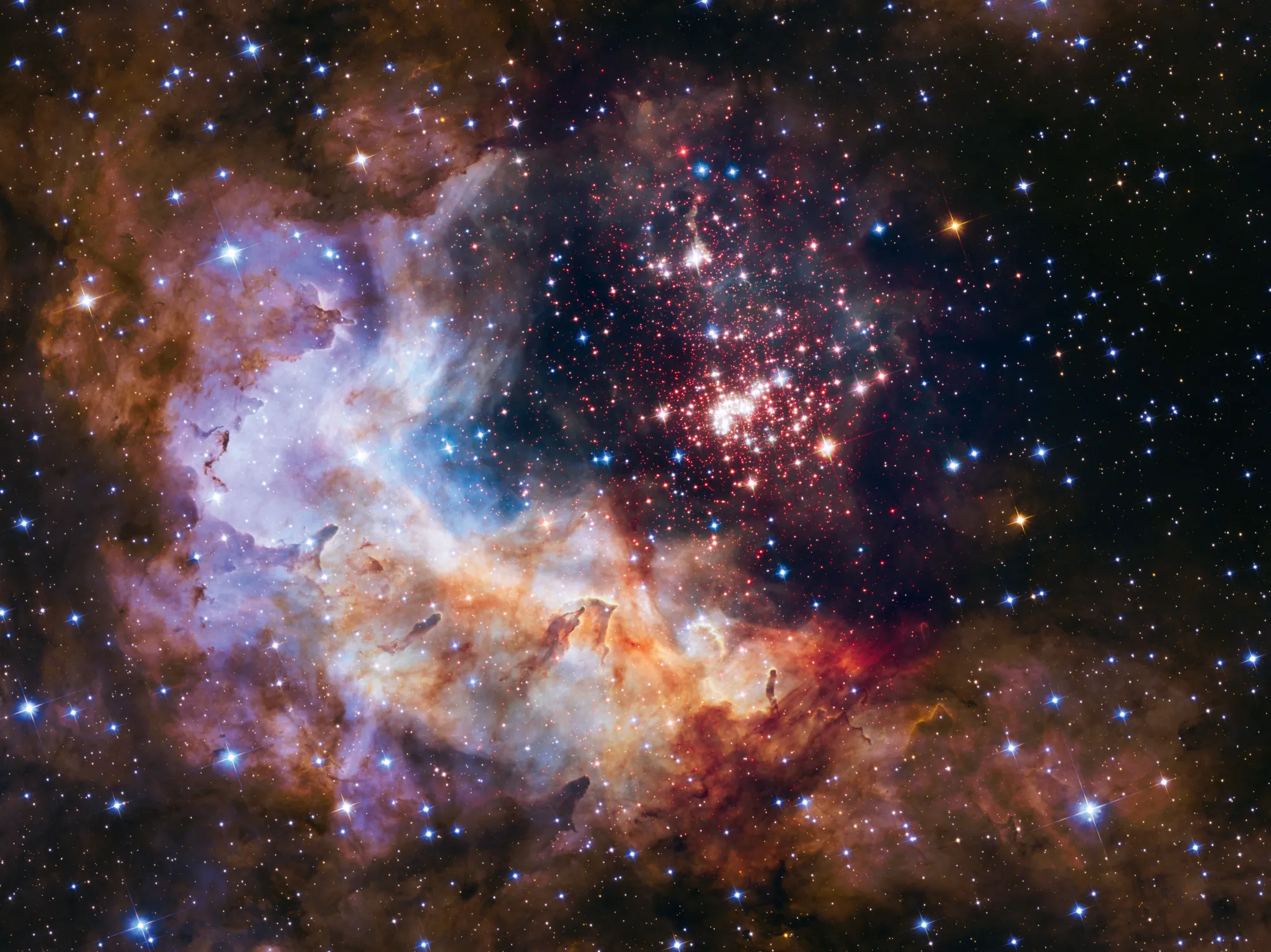William Cook
MentalRootKit.net
⸻
Abstract
Recent quantum-measurement studies, such as the delayed-choice and quantum-eraser experiments, are often described as evidence that photons “go back in time” to adjust prior behavior after observation. Taken literally, that view undermines causality and implies that perception can rewrite the past. This paper proposes an alternative interpretation: observation functions as selective tuning within a coherent temporal field rather than as causal collapse. Drawing on the Temporal Regulator framework, reality is modeled as a continuous broadcast of potential frequencies in which consciousness operates as a receiver that focuses on one band of experience. The model preserves the predictive successes of quantum theory while resolving the retrocausal paradox, situating awareness as participatory focus within an existing system rather than as creative authorship.
Keywords: consciousness, observation, quantum interpretation, temporal regulator, perception, selective coherence
⸻
1. Introduction
Quantum mechanics repeatedly exposes tension between measurement and reality. In the delayed-choice and quantum-eraser experiments (Wheeler, 1978; Kim et al., 1999), outcomes appear to depend on decisions made after particles have been detected, implying that observation retroactively determines history. This “retroactive photon” narrative fascinates but generates contradictions: infinite regress of rewritten pasts, violation of energy conservation, and an implicit deification of the observer.
The selective-tuning model advanced here replaces retrocausality with focus. Observation does not change physical history; it narrows perception to one already-coherent thread of the temporal field. This approach integrates physical consistency with a phenomenology of awareness.
⸻
2. The Retroactive Photon Problem
Literal backward-in-time interpretations suggest that the universe continuously revises itself to fit each new measurement. Such models require a mutable spacetime record and infinite informational cost. They also inflate human agency to the level of cosmic authorship—what Einstein (1955) resisted when he remarked that the Moon exists whether or not one looks at it.
Within the selective-tuning view, no photon travels backward. All potential outcomes exist concurrently as frequencies in the universal field. Measurement aligns awareness with one consistent subset of information, while the remainder continues beyond perception. The illusion of retroactivity arises from cognition reconstructing events sequentially rather than from any physical reversal of time’s arrow.
⸻
3. Observation as Selective Tuning
The universe can be conceived as a continuous broadcast in which every possible event corresponds to a frequency of being. Observation is not collapse but coherence selection—the cognitive act of tuning a receiver to one channel of the broadcast. In this frame, “wave-particle duality” reflects two modes of focus: broad superpositional awareness (wave) and narrow localized detection (particle). Reality therefore clarifies through perception rather than obeying perception.
⸻
4. The Temporal Regulator as Carrier Wave
The Temporal Regulator denotes the underlying field maintaining coherence among all frequencies of time. It functions as the carrier wave that enables consciousness to extract meaningful signals from universal noise.
• Time provides transmission.
• Consciousness serves as the tuner.
• Observation adjusts alignment.
Because the Regulator preserves equilibrium across frequencies, individual observers may occupy differing experiential bands while remaining within one temporally coherent universe.
⸻
5. Resonance, Interference, and Shared Reality
When observers share similar tuning ranges, their experiences overlap, forming consensus reality. Divergent tuning produces interference—subjective variance, disagreement, or what appear as parallel probabilities. Yet these remain harmonics of the same temporal broadcast. Conflict and coincidence alike are expressions of phase relationships within one coherent field.
⸻
6. The Unseen Hand: Order Within Apparent Chaos
The apparent chaos of daily life parallels quantum indeterminacy at the experiential scale. In narrative terms, as portrayed in The Unseen Hand (Cook, 2019), unseen coordination guiding disparate lives reflects transient resonance between frequencies of awareness. What appears miraculous may simply be phase coherence between consciousness and the Temporal Regulator’s underlying order. From the ground, events seem random; from altitude, pattern emerges.
⸻
7. Discussion and Implications
Recasting observation as selective focus preserves causality, honors empirical results, and extends interpretive scope toward consciousness studies. The model aligns with information-theoretic and relational interpretations (Rovelli, 1996) yet restores humility: observers are participants, not creators. Future interdisciplinary research may test this framing through cognitive and informational analogs of quantum selection, exploring attention as a tuning mechanism rather than a collapsing force.
⸻
8. Conclusion
The Radio of Reality model reframes measurement from retroactive causation to perceptual selection. Reality remains a unified broadcast in which attention determines clarity, not existence. Within the Temporal Regulator, consciousness does not write the universe; it learns to tune it. By substituting coherence for collapse, the model reconciles physics with phenomenology and sustains the humility that a coherent cosmos requires.
⸻
References
Cook, W. (2019). The Unseen Hand. Mental Root Kit Press.
Einstein, A. (1955). Letters to Solovine: 1906–1955. Philosophical Library.
Kim, Y.-H., Yu, R., Kulik, S. P., Shih, Y., & Scully, M. O. (1999). A delayed-choice quantum eraser. Physical Review Letters, 84(1), 1–5.
Rovelli, C. (1996). Relational quantum mechanics. International Journal of Theoretical Physics, 35(8), 1637–1678.
Wheeler, J. A. (1978). The “past” and the “delayed-choice” double-slit experiment. In A. R. Marlow (Ed.), Mathematical Foundations of Quantum Theory (pp. 9–48). Academic Press.
⸻
